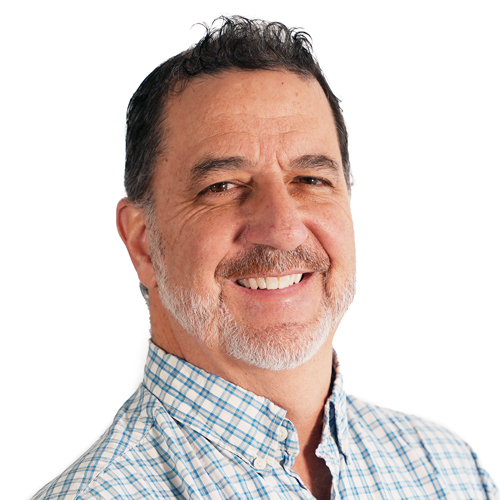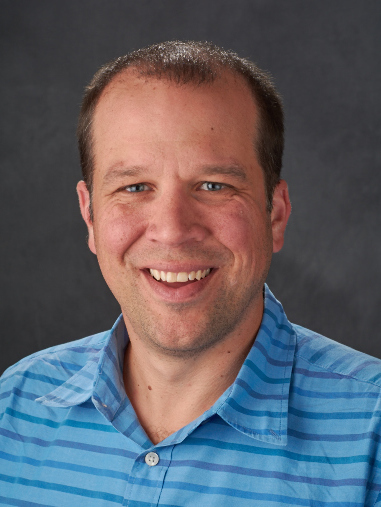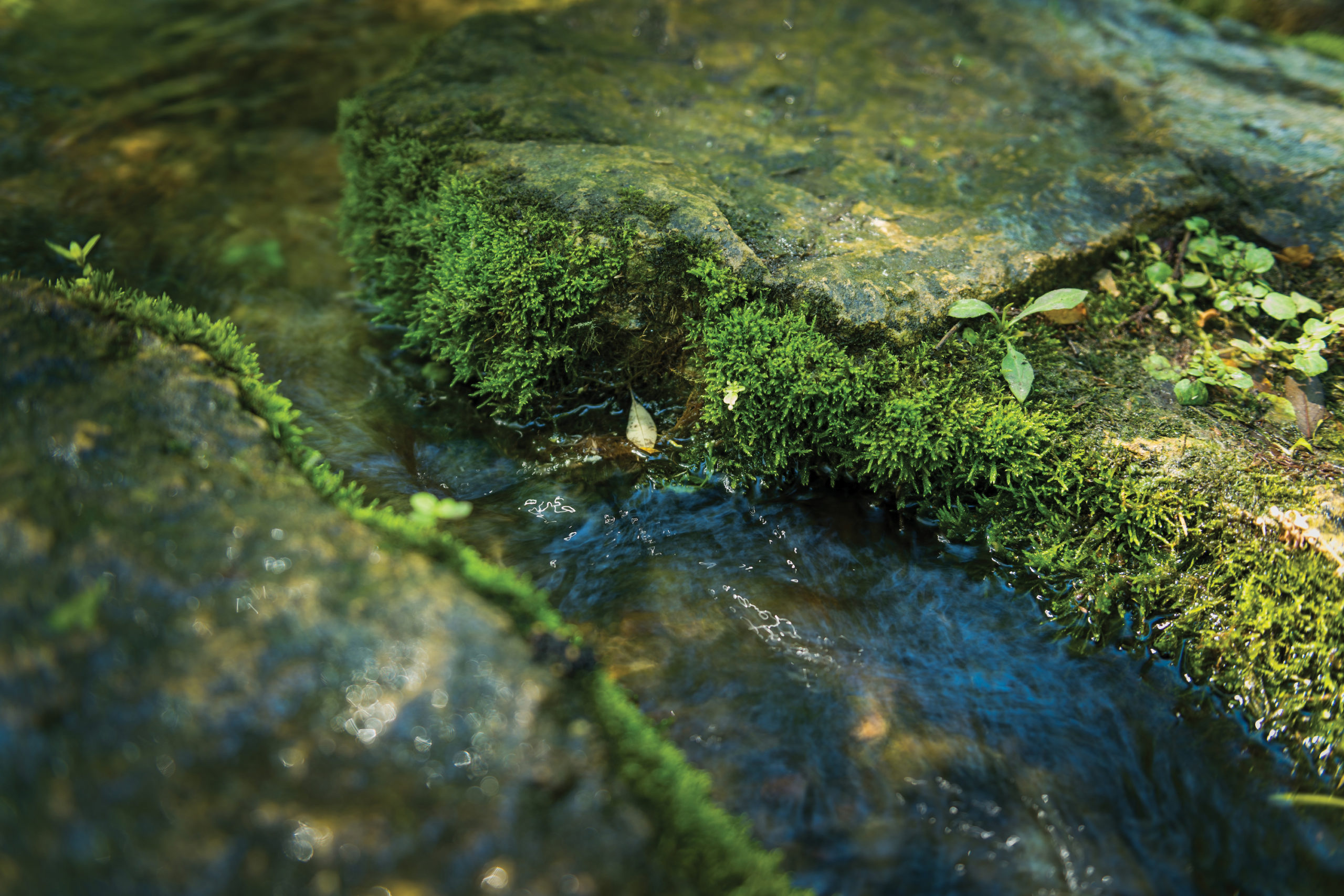
Credit: Provided photo
March 6, 2016
By Aaron R. Conklin
Last month, the UW-Madison’s Ken Potter closed the book on a 38-year career as a professor of civil and environmental engineering. In just a few short weeks, he’s already discovered that there are both benefits and drawbacks to retirement.
“On the plus side, I only work on stuff I want to do,” said Potter with a chuckle. “However, there is a danger that I’ll overcommit myself. Once people find out you’re available, your retirement ‘opportunities’ tend to grow exponentially.”
If there’s one thing Potter never had a problem overcommitting to during his nearly four -decade academic and research career, it was collaborating on research projects with the University of Wisconsin Water Resources Institute (WRI) and Wisconsin Sea Grant. Potter was front and center on a file cabinet’s worth of water and climate-based projects, including several that focused on climate change adaptation for coastal communities and one that critically evaluated the tools created by the U.S. Geological Survey National Water Center.
But the one he may be proudest of is the project that resulted inDesign Guidelines for Stormwater Bioretention Facilities, an infiltration/rain garden manual he helped create in conjunction with the Water Resources Institute in 2006.
“It was in more demand than anything I’ve ever done,” he recalled. “It was an important topic, but this was back at the beginning, when people first began to explore it.”
Understanding groundwater Infiltration was often a key flashpoint of Potter’s work. Another WRI project that resonated with him was the work he did on Garfoot Creek in Dane County, looking at infiltration on the hilly slopes of trout streams in Wisconsin’s Driftless Area. Potter and fellow researchers were able to document that sound conservation practices—specifically, keeping the areas around the creeks and streams wooded—were key to supporting strong groundwater recharge.
That project remains ongoing, with the focus shifting to the effects of climate change and temperature increases on water infiltration.

Credit: provided photo
“What happens as snow depths and soil frost decline?” asked Potter. “It appears that this may increase groundwater recharge, delaying the adverse affects of global warming on cold-water fisheries.”
David Hart, Wisconsin Sea Grant’s assistant director for extension, always appreciated Potter’s leadership on projects like the Wisconsin Initiative on Climate Change Impacts (WICCI) Stormwater Working Group and his collaboration on Wisconsin Sea Grant’s Coastal Community Climate Adaptation Initiative (CCCAI) grants. He’s also grateful for the support Potter gave to maintaining UW-Madison’s status as a top-notch school for geospatial research and applications.
”A decade ago, three key faculty retirements threatened this reputation,” said Hart. “Some on campus wanted to go in a different direction and Ken was asked to lead a campus task force that resulted in investment in new remote sensing faculty. The geospatial community on campus owes Ken Potter a debt of gratitude for helping keep our place among the leading universities in this discipline.”
Not surprisingly, the appreciation avenue runs in both directions. Potter’s keenly aware of the role WRI has played in supporting is research pursuits.
“WRI was typically about the small grants,” said Potter. “But it enabled me to do the projects that wouldn’t be exciting to other funding organizations. This work is like politics—everything is local. Doing things that can be generalized everywhere is always most important.”
Jim Hurley, the director of Wisconsin Sea Grant and WRI, echoes Hart’s comments about Potter’s importance to scientific issues in Wisconsin.
“Ken’s research and outreach has truly exemplified the Wisconsin Idea. Through his many research projects, his participation in advisory groups and his commitment to better understanding hydrologic systems, he always had the best interests of the citizens of Wisconsin in mind. I’m sure in retirement, he’ll continue to be actively involved in his community”
Hurley has that right. As Potter moves confidently into the next phase of his career, he said he’s concerned that the conservation principles that Wisconsin researchers have contributed to will be forgotten or ignored in the rush to develop and rebuild the areas around Wisconsin’s rivers and streams. For instance, Driftless Area streams that have recovered from abusive agricultural practices in the first half of the twentieth century could easily be threatened by future land development. Potter already has several talks scheduled on the potential effects of continued urbanization of the Yahara River Watershed. (Hint: it’s likely to involve increased flood risk).
“It’s better to keep the science out there,” Potter said. “We have to remind people of what we understand.”
Hammering out community standards on zoning and water-use issues is the battleground that will define these issues in the coming years—and you can count on Potter to be involved in the discussion.
“We have some communities whose rules on these things are stricter than the state’s,” noted Potter. “One uniform standard won’t work for everyone. That’s a science-based concept people have to respect.”



